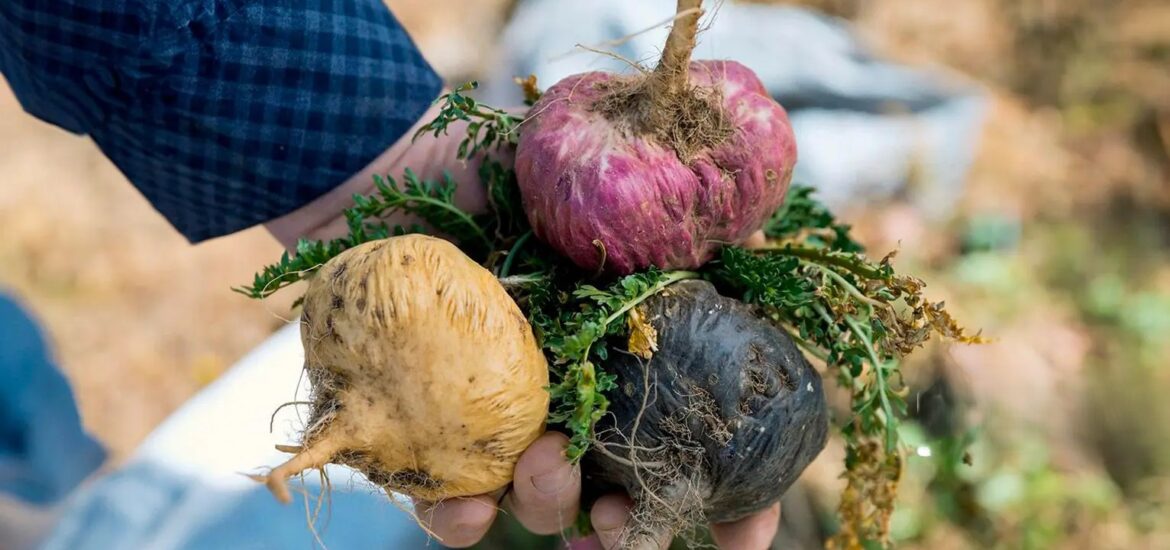A plant that has had its roots for thousands of years still grows strong in the Peruvian Andes. The name “Lepedium Melleni” probably doesn’t sound familiar to you (and we don’t blame you), but that’s the scientific name of the Peruvian maca.
In this article, we invite you to unfold everything that has to do with this ancient Andean fruit. We’ll also see many reasons why Peruvians love it, and why it would be a good idea for you to try it. Without further delay, let’s get into Maca’s story in Peru.
How did the Maca come to the Andes?
Maca grows in the Peruvian and Bolivian mountains. Researchers believe it originated near Lake Junín, in the mountains of Jarpa. Its fascinating history dates back to pre-inca times, beginning in the Late Wanka Period, but maca thrived in the Inca Empire time, around 4000 BCE.
Tradition says that Inca warriors prized maca, or “Taky Oncoy,” because it boosted their energy and strength, key traits for an army. The first known account of maca comes from Pedro Cieza de León, a Spanish historian. He wrote about it in his 1553 book, the General Chronicle of Peru.
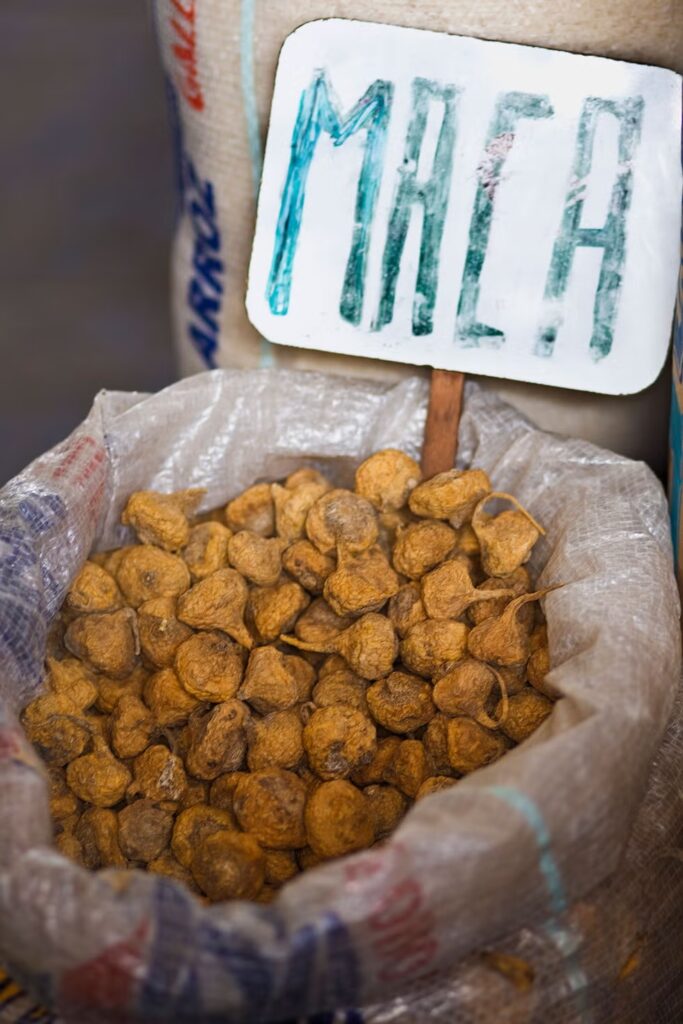
Other notable mentions include the Spanish missionary, Father Cobo. In his works, he noted the health benefits of maca for locals and its role in reproduction. Thanks to its incredible adaptability, this root can grow even in harsh climates, growing above 4,000 meters, where many crops struggle.
Today, maca remains a prized Andean product. People enjoy it in various meals and beverages and is commonly available in Peru as street food breakfast. This incredible superfood, grown in Junín, is now a top crop, showcasing the rich heritage and benefits the Incas discovered long ago.
Health Benefits
Boosts Energy and Stamina
Maca is known for its natural energy-boosting properties, making it a popular choice for athletes and those with demanding lifestyles. Unlike caffeine, which can cause jitters or crashes, maca provides a steady, sustained energy boost. It’s a great choice for boosting performance or getting through a long day.
Supports Hormonal Balance
One of Maca’s most well-known benefits is its ability to help balance hormones. It has adaptogens, which support the endocrine system. They help regulate hormones in both men and women. For women, maca can ease symptoms of PMS and menopause, such as mood swings, hot flashes, and fatigue, while for men, they use it to support healthy testosterone levels.
Enhances Fertility and Reproductive Health
Maca has been used traditionally to improve fertility in both men and women. Studies show it can boost sperm quality and count in men, and it also supports ovulation in women. It’s often recommended for couples trying to conceive or improve their reproductive health. People also use this root as an aphrodisiac and, in some cases, as an alternative to Viagra.
Improves Bone Health
Rich in calcium, magnesium, and phosphorus, maca is excellent for maintaining strong bones and preventing conditions like osteoporosis. Its high mineral content makes it good for those at risk of bone loss, like postmenopausal women and older adults.
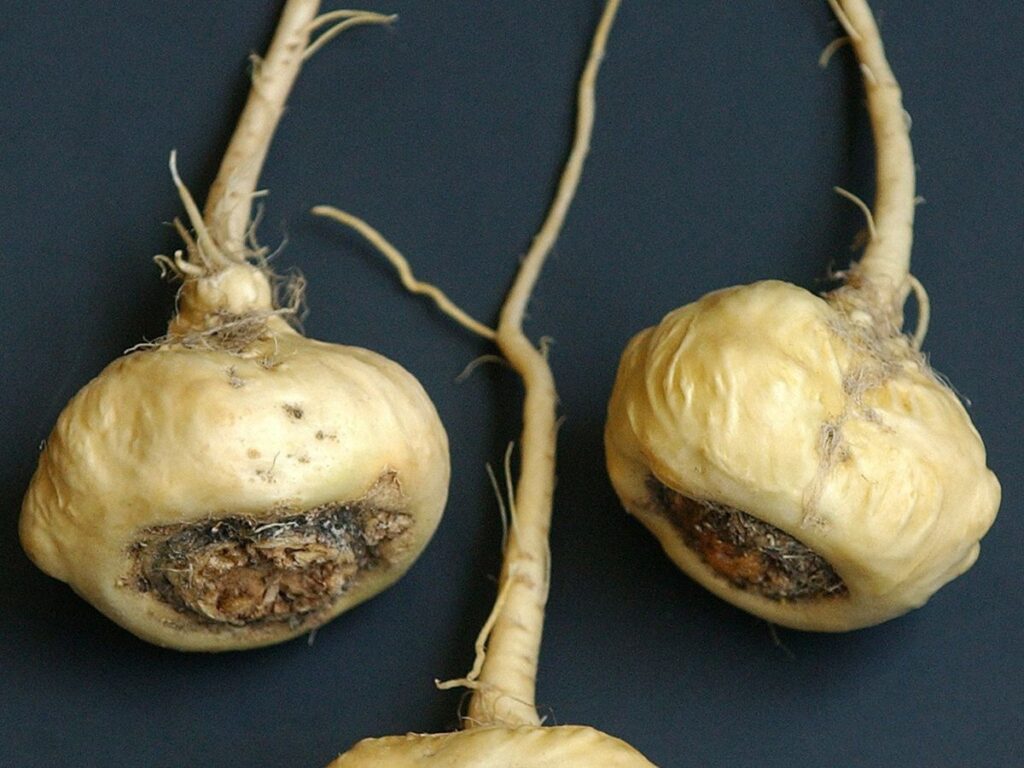
Boosts Mood and Reduces Stress
Maca’s adaptogenic properties not only help balance hormones but also support the body’s ability to handle stress. Maca can help by lowering cortisol levels, and it also may improve mood, increase well-being, and reduce anxiety and depression.
Supports Brain Function
People know Maca as “brain food” because it can enhance memory, focus, and overall cognitive performance. It is a great supplement for students and professionals. It helps anyone who wants to boost mental clarity and productivity.
Rich in Nutrients
Maca is packed with essential vitamins and minerals, including vitamins B1, B2, C, and E, as well as iron, zinc, and potassium. It’s also a good source of protein and fiber, making it a great addition to a balanced diet that boosts the immune system, improves digestion, and promotes health.
Types of Maca
Maca comes in three main types, each offering slightly different benefits:
Yellow Maca Yellow maca is the most common and widely available type, often used to boost energy, improve mood, and support general health. Its mild flavor makes it a versatile option for various recipes.
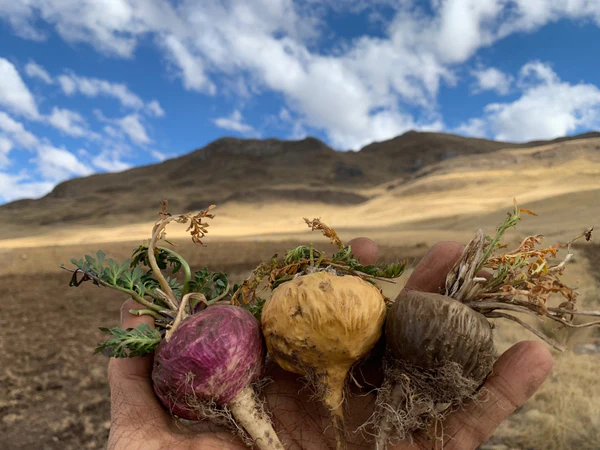
Red Maca Red maca is known for its role in promoting bone health and balancing hormones. It’s often recommended for women dealing with menopause or hormonal imbalances. Red maca also supports prostate health in men.
Black Maca Black maca is the rarest type and is considered the most potent. It’s particularly effective at enhancing energy, improving memory, and supporting male fertility.
How to Use Maca
Maca is easy to incorporate into your diet and is available in various forms, including powder, capsules, and extracts. Its slightly nutty, earthy flavor pairs well with sweet or savory dishes. Here are a few ways to enjoy maca:
In Smoothies: Add a teaspoon of maca powder to your morning smoothie for an energy boost.
In Baked Goods: Mix maca powder into pancake, cookie, or muffin recipes for a nutritious twist.
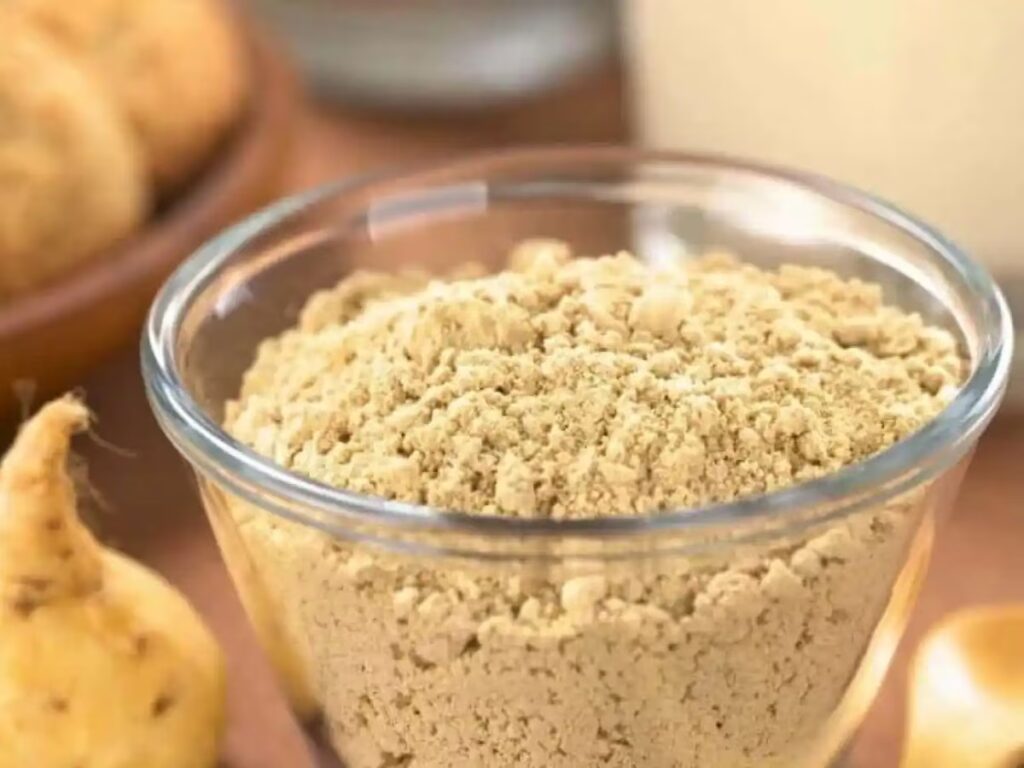
As a Warm Drink: Stir maca into hot water or milk, add a touch of honey, and enjoy it as a tea-like beverage.
In Soups or Porridge: Sprinkle maca powder over oatmeal, yogurt, or soups for added nutrients.
As a Supplement: For convenience, maca capsules are an easy way to enjoy its benefits.
Traditional Maca Breakfast Recipe
Ingredients
200 grams of whole maca
2 liters of water
100 grams of pineapple (or to taste)
3 cinnamon sticks
6 cloves
Sugar (to taste)
Milk (optional)
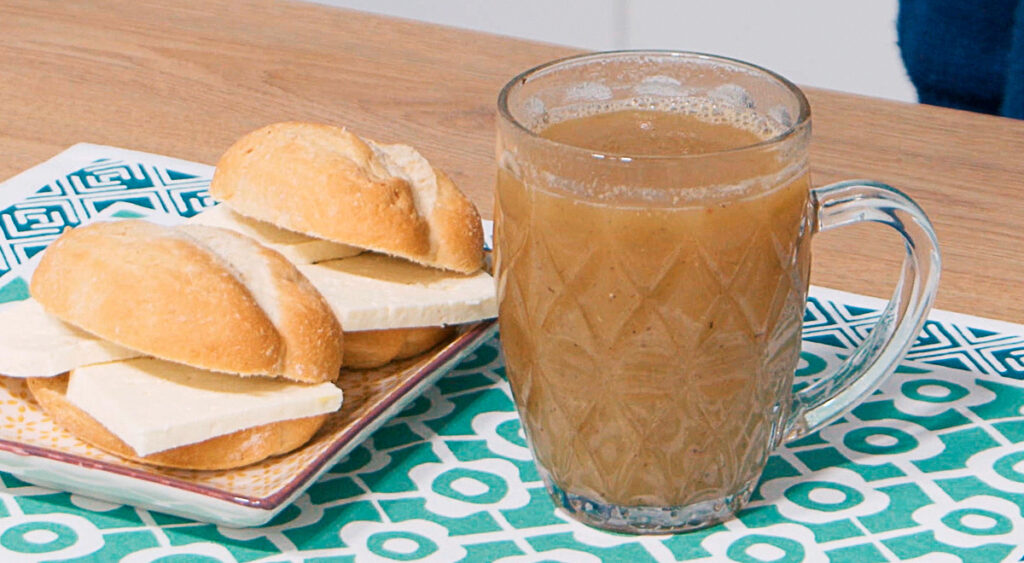
Preparation
Cut the maca: Chop the maca into small pieces.
Boil ingredients: Place the maca pieces in a pot along with the water, pineapple, cinnamon sticks, and cloves. Boil for 20 minutes or until the maca is soft.
Blend the cooked maca with the boiling water until it is smooth.
Sweeten and heat: Return the blended mixture to the pot, sweeten to taste, and bring to a final boil.
Serve: Enjoy warm, paired with bread and cheese or your favorite sandwich.
Tips
You can substitute pineapple for your favorite fruit, such as apples or quinces, or combine many fruits for added flavor.
As you can see, the Maca is more than just a food, it’s one of the many Peruvian superfoods you can find in the Andes with countless health properties. We encourage you to try Maca in your country, but it’ll be so much better if you do it in Peru.
Stay tuned to our blog to keep reading quality and informative content in our blog! If you’re thinking about taking a trip to Peru, Viagens Machu Picchu can help you with that. Contact us with no obligations to know more about our destinations, packages, and special deals. Peru is waiting for you!
Viagens Machu Picchu, journeys that inspire, moments that last.

